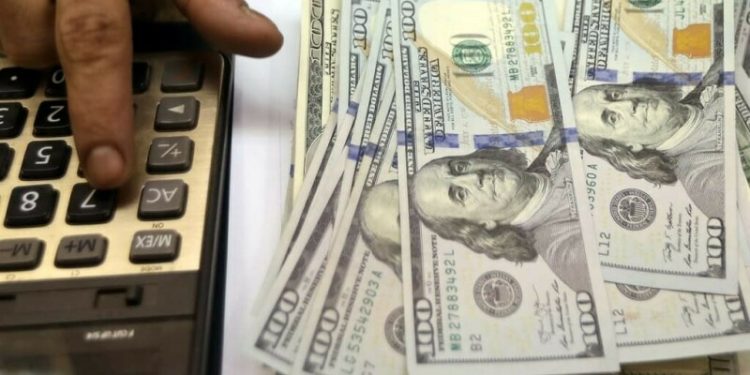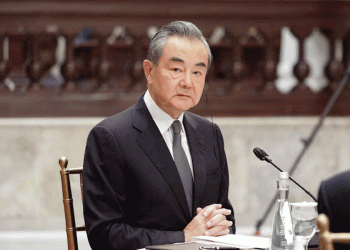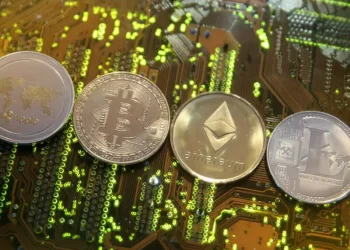The State Bank of Pakistan (SBP) purchased $3.8 billion from domestic foreign exchange (FX) markets from June to October 2024, as per central bank data released on Tuesday.
The central bank reports foreign exchange market interventions with a lag of three months.
The SBP’s buying of $3.8 billion led to $2.1 billion increase in the country’s foreign exchange reserves, with the remaining amount allocated towards managing the country’s debt repayments, according to a report from the Arif Habib Limited.
The breakup of SBP data suggested that it bought the greenback worth $573 million in June, followed by $722 million in July, $569 million in August, $946 million in September, and $1.03 billion in October 2024.
Accordingly, the foreign exchange reserves boosted by $280 million to $9.39 billion in June, but reduced by $169 million to $9.22 billion in July 2024. The reserves rose by $216 million to $9.44 billion in August, surged by $1.30 billion to $10.74 billion in September and bolstered by $466 million to $11.21 billion in October 2024.
Currently, the SBP reserves are standing at $11.37 billion as of January 24, 2025.
SBP Governor Jameel Ahmad said last week at the monetary policy press conference that the interventions in the domestic foreign exchange markets had helped boosting the foreign exchange reserves to $11.5 billion in December 2024, and helped stabilise the rupee dollar exchange rate at Rs278-279/$ at present, as low reserves would have resulted in rupee depreciation.
“The foreign exchange reserves (held by SBP) would have not risen if the central bank had not intervened in local foreign exchange markets (to buy the US dollars),” he said.
“The non-intervention would have left the reserves at significantly lower than the December level and resulted in rupee depreciation against the greenback,” Ahmad added.
New currency notes to enter circulation in 2025, confirms SBP governor
He said the reserves were bolstered by inflows of workers’ remittances and export earnings instead through piling up the foreign debt.
“This is evident from the fact that the outstanding foreign public debt stood at $100 billion in June 2022 and it remained at less than $100 billion in December 2024. The foreign public debt owned by the government and SBP remained stagnant over the past two and half years.”
Talking to media, AHL Research, Director Securities, Tahir Abbas said the excess foreign liquidity in the inter-bank market had allowed the central bank to absorb the surplus supplies, fulfilling the country’s short-term foreign debt liabilities smoothly.
The foreign currency supply would remain in excess in the remaining five month (Feb-Jun) of FY25.
“The upcoming International Monetary Fund (IMF) economic review scheduled for March 2025 and the subsequent receipt of around $1 billion tranche would keep the foreign currency supply in surplus compared to stagnant demand for dollars for imports,” Abbas said.
The strategy would help boosting the country’s foreign exchange reserves to above $13 billion by end of the current fiscal year on June 30, 2025, according to Abbas.









